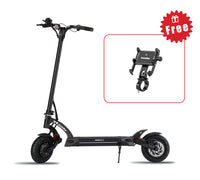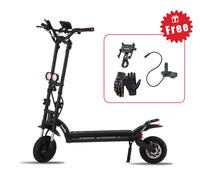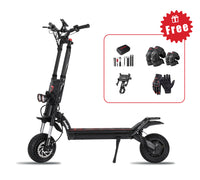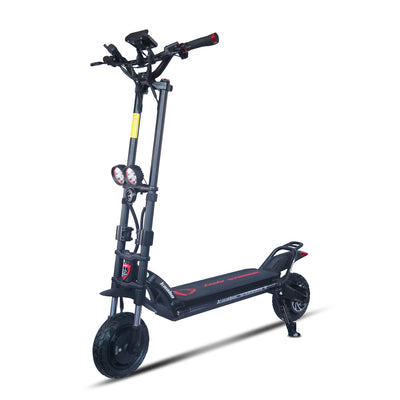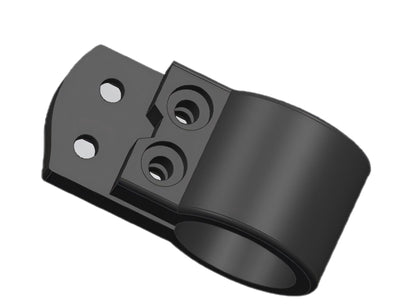Demystifying Electric Scooters: A Comprehensive Guide to How They Work
Electric scooters have rapidly become a popular mode of urban transportation, offering a convenient and eco-friendly alternative to traditional vehicles. For electric scooter owners, understanding how these sleek machines work can enhance your riding experience and help you make the most of your investment. In this guide, we'll break down the fundamental components and mechanics that power electric scooters.
The Basics of Electric Scooters: At its core, an electric scooter operates on a simple principle: converting electrical energy stored in a battery into mechanical energy that propels the scooter forward. Let's delve into the main components responsible for this process:
1. Battery: The heart of an electric scooter is its battery. Typically located within the scooter's frame or deck, the battery stores electrical energy. Lithium-ion batteries are commonly used due to their high energy density and lightweight nature. The capacity of the battery influences the scooter's range – how far it can travel on a single charge.
2. Motor: Electric scooters are equipped with an electric motor, which is responsible for turning the scooter's wheels. Depending on the model, electric scooters can have hub motors (integrated into the wheels) or chain-driven motors (similar to those in bicycles). Motors come in various power ratings, determining the scooter's top speed and acceleration capabilities.
3. Controller: The controller acts as the brain of the electric scooter. It regulates the flow of electricity from the battery to the motor, controlling the speed and acceleration. Modern controllers often feature regenerative braking systems, which convert kinetic energy back into stored energy in the battery when the scooter slows down.
4. Throttle and Brake: The throttle is the control that allows you to accelerate the scooter. When you twist or press the throttle, it signals the controller to provide power to the motor. Similarly, the brake lever signals the controller to engage the scooter's braking system, which can include regenerative braking and mechanical braking.
5. Display and Electronics: Many electric scooters come equipped with displays that show information like speed, battery level, and riding modes. These displays offer insights into your scooter's performance and battery status.
How Does It All Work Together? When you kick-start your electric scooter and engage the throttle, the controller sends power from the battery to the motor. The motor then converts this electrical energy into mechanical energy, causing the wheels to turn and propelling you forward. As you navigate through different terrains, the controller regulates power distribution to optimize speed and efficiency.
Conclusion: Owning an electric scooter becomes even more rewarding when you understand how it operates. From the battery to the motor and everything in between, each component plays a crucial role in creating a seamless and exhilarating riding experience. Armed with this knowledge, you can ride confidently and appreciate the engineering marvel that powers your electric scooter.
Remember, electric scooters offer a sustainable and efficient way to navigate urban environments. By maintaining your scooter and riding responsibly, you'll enjoy countless enjoyable journeys while reducing your carbon footprint.


